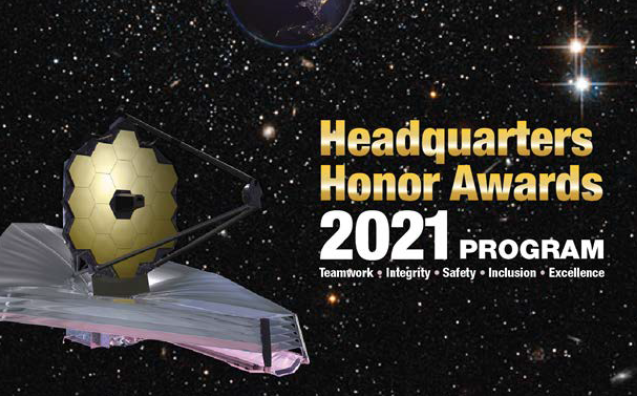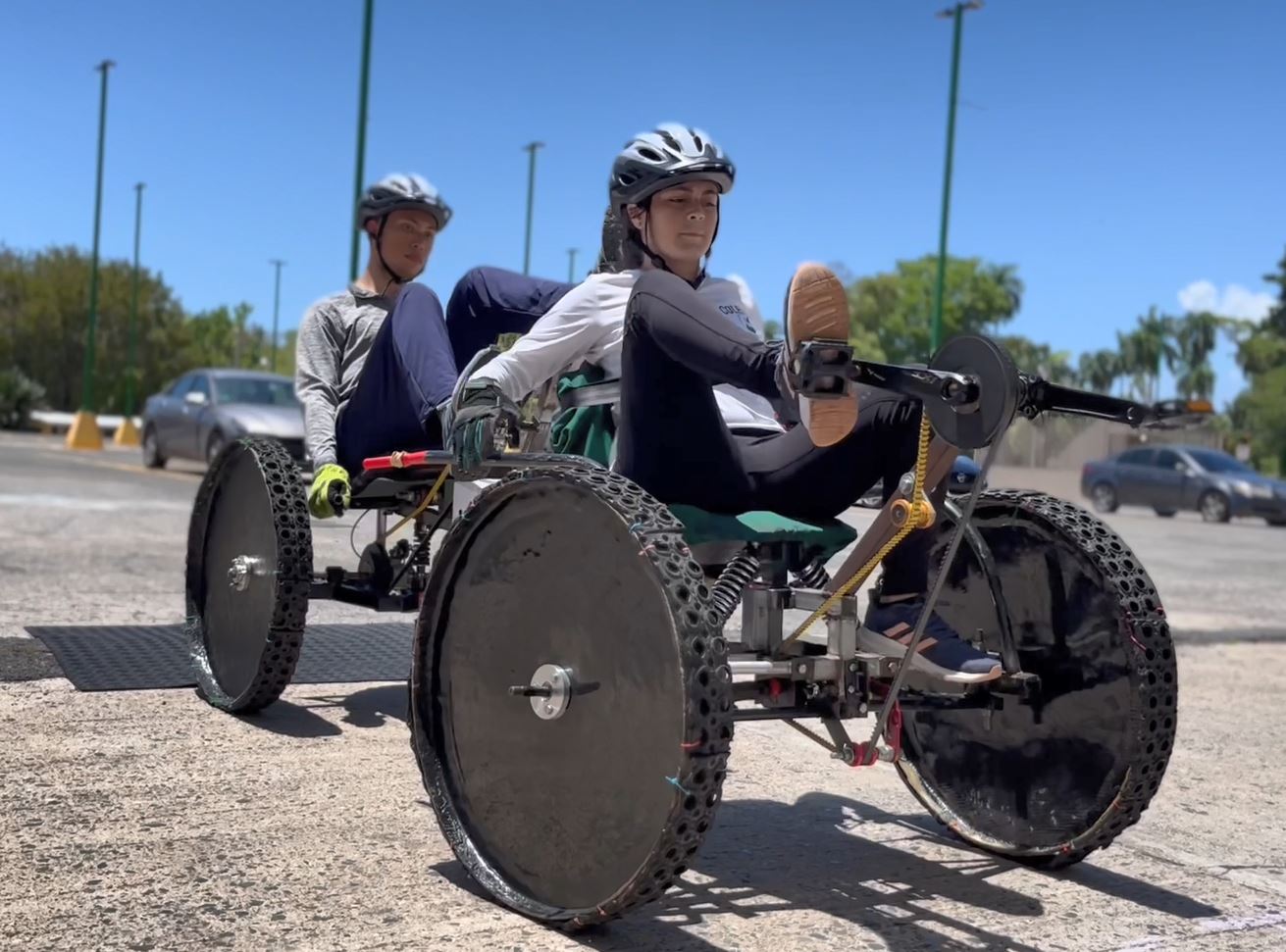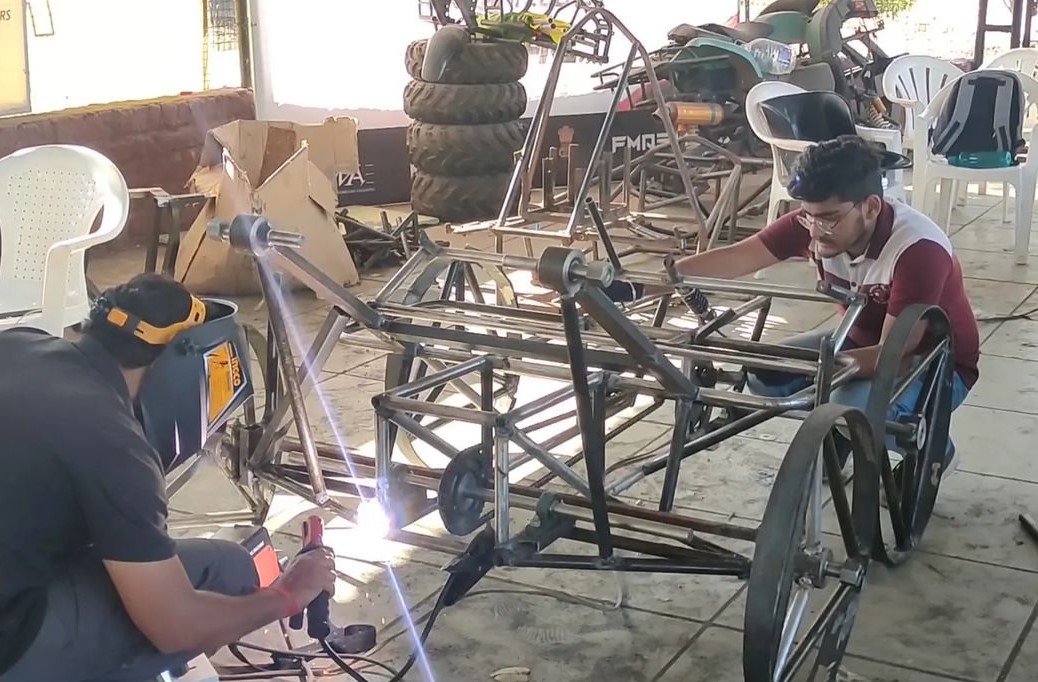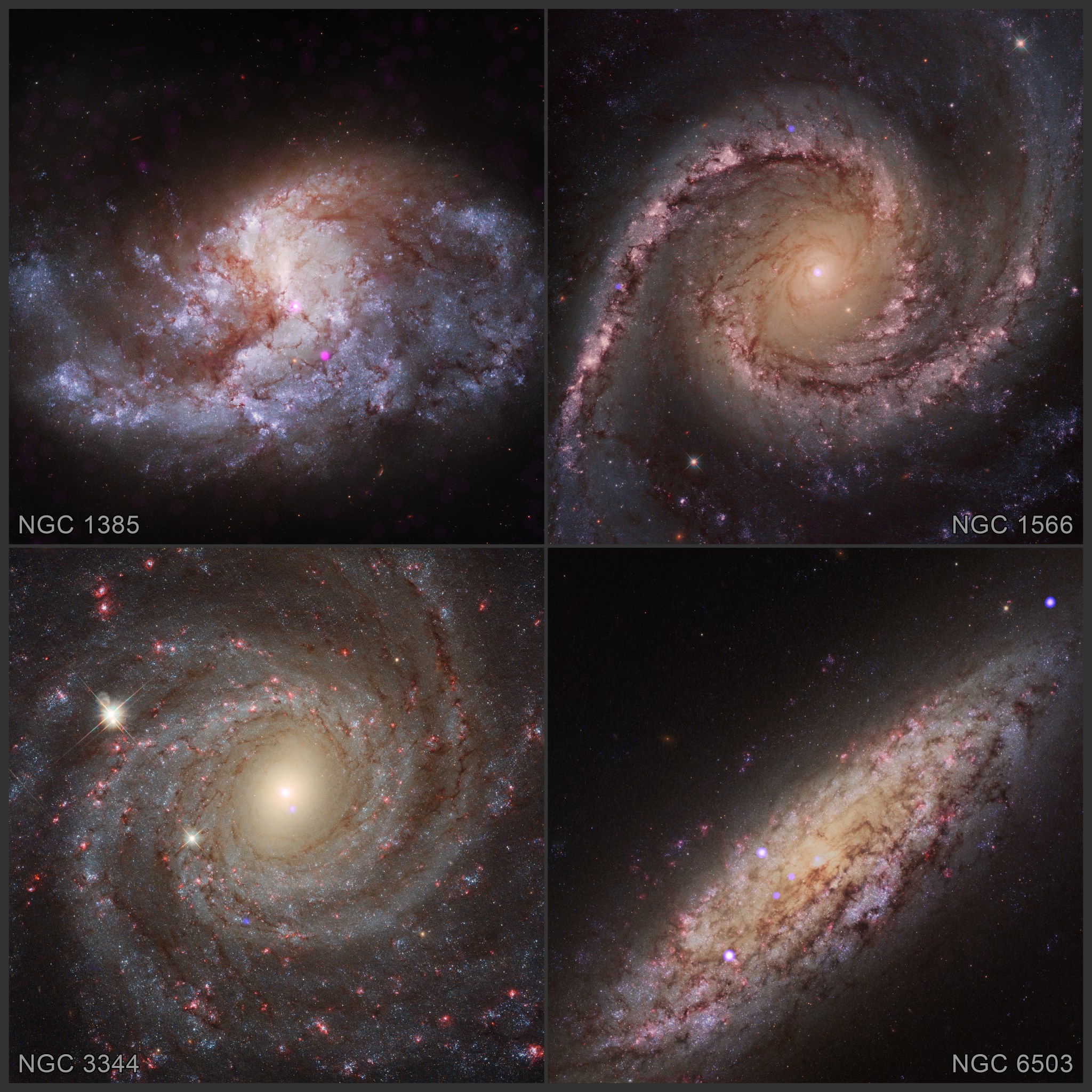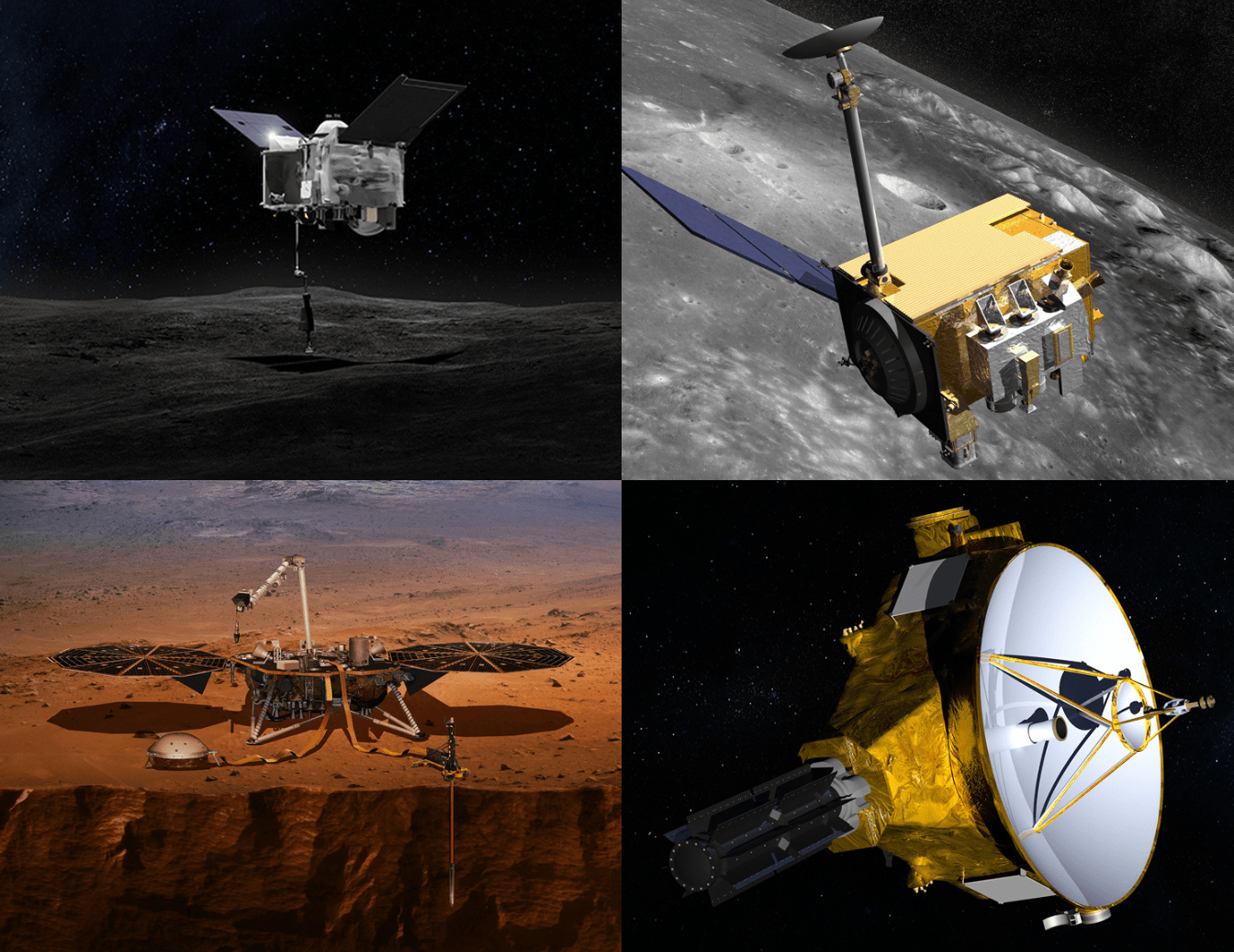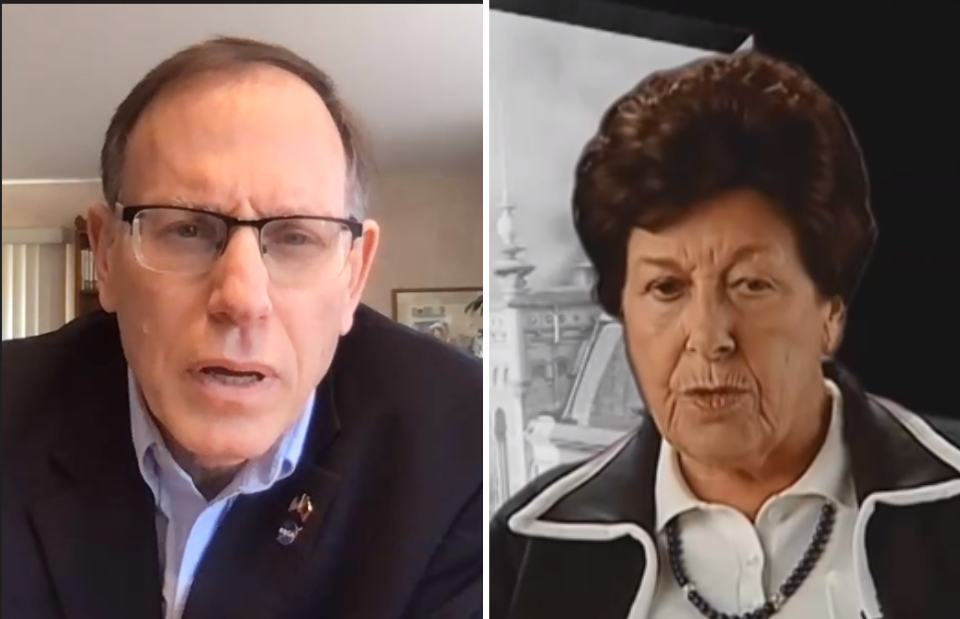I
NASA’s SpaceX Crew-4 Arrives at Space Station
NASA astronauts Kjell Lindgren, Robert Hines, and Jessica Watkins, and European Space Agency astronaut Samantha Cristoforetti arrived at the International Space Station on April 27, following the picture-perfect launch of the agency’s SpaceX Crew-4 mission. SpaceX’s Crew Dragon spacecraft, named Freedom by the crew, launched atop the company’s Falcon 9 rocket from Kennedy Space Center’s Launch Complex 39A.
“This is our fourth crew rotation flight – it’s kind of hard to believe,” said Steve Stich, manager of the Commercial Crew Program at NASA’s Johnson Space Center. “It seems like Demo-2 was just yesterday, and it’s exciting to be here. We had a really clean countdown today – the Falcon 9 rocket did great; the Dragon vehicle did great. It was great to see the crew get in. You could tell they were excited to start their flight off.”
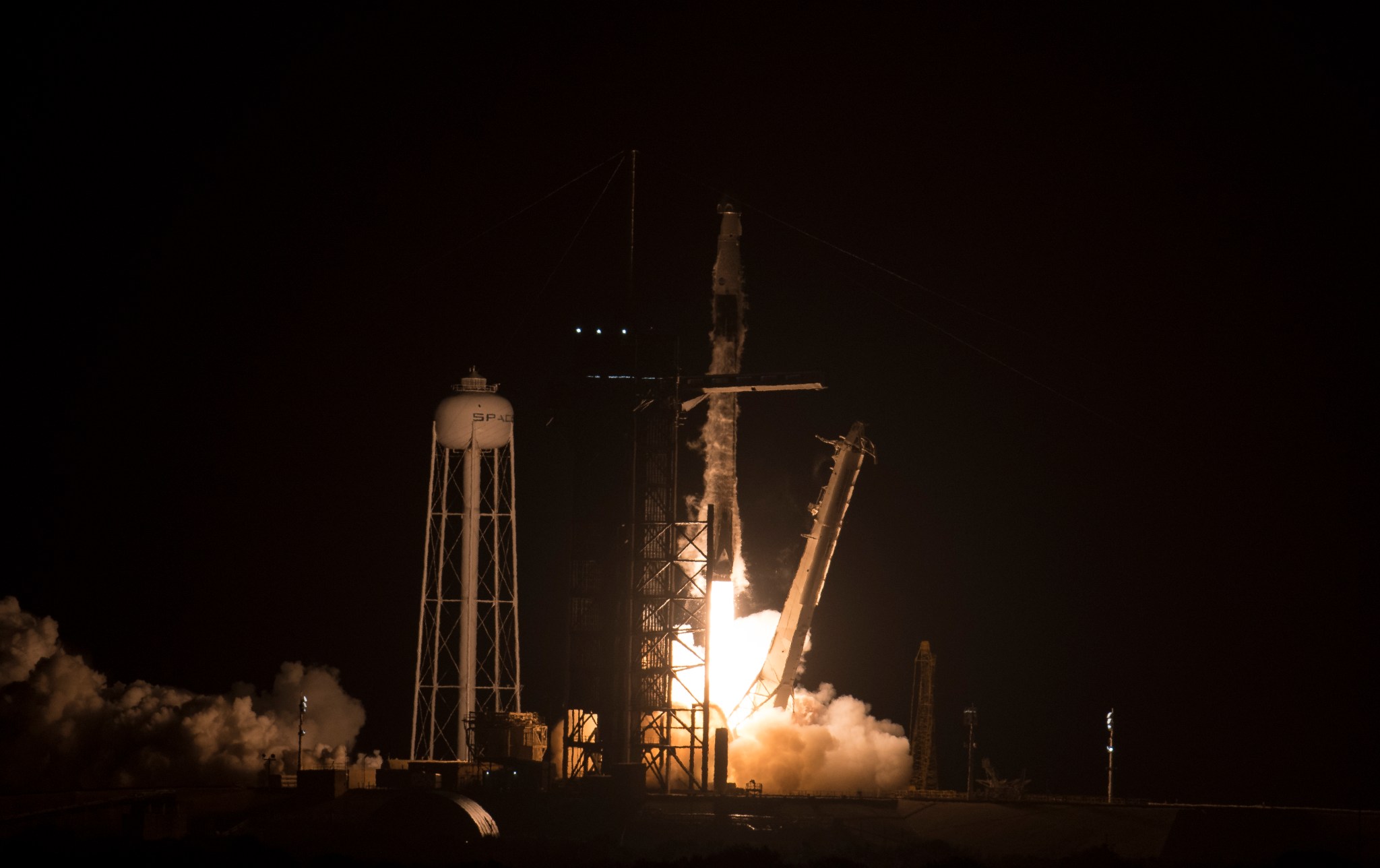
Upon their arrival at the space station, the Crew-4 astronauts were greeted by NASA astronauts of the Expedition 67 crew already aboard. Lindgren and Cristoforetti have previously traveled to the space station, while it’s the first trip for Hines and Watkins. During their six-month stay aboard the microgravity laboratory, the group will join the Expedition 67 crew in conducting a number of science and research investigations.
The Crew-4 astronauts will conduct new scientific research in areas such as materials science, health technologies, and plant science to prepare for human exploration beyond low-Earth orbit and benefit life on Earth. Experiments will include studies on the aging of immune systems, organic material concrete alternatives, and cardiorespiratory effects during and after long-duration exposure to microgravity. These are just some of the more than 200 science experiments and technology demonstrations that will take place during their mission.
An investigation that seeks to restore meaningful vision to people suffering from retinal degenerative diseases, like retinitis pigmentosa and macular degeneration, launched alongside the crew. The Protein-Based Artificial Retina Manufacturing experiment tests the manufacturing of artificial retinas or retinal implants in microgravity, where it is expected their production could be optimized.
Smart-Tex shirts, part of the German Space Agency investigation called Wireless Compose-2, also traveled on the Crew Dragon. The shirts are fitted with sensors, wiring, and a communications module to wirelessly transmit data to a base station. The shirt is designed to monitor cardiovascular activity, like relative blood pressure, and can provide details about heart contraction rate and valve opening and closing times – something normally accessible only through sonography or CT scans. These kinds of wearable technologies could be used to monitor health throughout a long-duration space exploration mission and could lead to a more flexible implementation of this technology in health monitoring equipment on Earth.
Marshall’s Payload Operations Integration Center operates, plans, and coordinates science experiments aboard the station 365 days a year, 24 hours a day. The payload operations team coordinates all U.S., European, Japanese, and Canadian scientific and commercial experiments on the station, synchronizes payload activities of international partners, and directs communications between station crew members and researchers around the world.
The commercial crew team at Marshall, led by Lisa McCollum, played a key role in supporting the Crew-4 mission launch and has a long working relationship with SpaceX, having worked with the commercial partner to improve safety and reliability of the Merlin engines, stage propulsion, Draco and Super Draco thrusters, the abort and flight termination systems, structures, materials and processes, fracture control, and integrated performance analyses.
“I couldn’t be prouder of this team’s hard work supporting the Crew-4 mission, McCollum said. “Our crew members approached each challenge with focus, remaining committed to ensuring a safe, successful flight for delivering Crew-4 to the space station. Over and over again, I’m inspired by their incredible dedication and teamwork!”
NASA Headquarters Honors Marshall, Michoud Team Members
Several team members from NASA’s Marshall Space Flight Center and Michoud Assembly Facility were honored during the Headquarters Honors Awards virtual program April 27. “I want to thank you for your contributions to NASA,” NASA Administrator Bill Nelson said. “You make us the world’s leading space agency.” See a full list of winners here. Marshall presented agency-level awards April 12 and center-level awards Nov. 16, 2021. NASA awarded distinguished service medals March 31. (NASA)
NASA Announces Winners of 2022 Human Exploration Rover Challenge
By Wayne Smith
NASA has recognized a new generation of potential space explorers who competed in the agency’s 28th annual Human Exploration Rover Challenge.
High school and college students from around the U.S. and world have spent the last eight months designing, building, and testing their rovers for the challenge – one of the original seven NASA Artemis Student Challenges. NASA announced the winners during a virtual awards ceremony April 29. The challenge involved 91 teams, including 58 colleges and 33 high schools.
“This year, students were asked to design a course that would mimic obstacles as if they were competing in Huntsville,” said Aundra Brooks-Davenport, activity lead for the challenge at NASA’s Marshall Space Flight Center. “Ensuring team safety was a major factor in developing the design of their own obstacles. We are excited about the virtual competition and the opportunity it provided our teams.”
The challenge tasked U.S. and international student teams with designing, engineering, and testing a human-powered rover on a course simulating terrain found on rocky bodies in the solar system. Teams also performed mission assignments while negotiating the course, including sample retrievals and spectrographic analysis.
The 2022 season was conducted virtually instead of the regular on-site activities held at the U.S. Space & Rocket Center near Marshall. High school and college teams competed in multiple categories for design, documentation, and presentation, including the safety award, project review award, and many more.
Awards were presented in nine categories.
Overall Winner
- High school division:
- First place: Parish Episcopal School, Dallas
- Second place: Academy of Arts, Careers, and Technology, Reno, Nevada
- Third place: Tu Ciencia Joven, Santa Cruz, Bolivia
- College/university division:
- First place: Tecnologico de Monterrey, Xochitepec, Mexico
- Second place: Trine University, Angola, Indiana
- Third place: Campbell University, Buies Creek, North Carolina
Project Review Award
- High school division: Parish Episcopal School, Dallas
- College/university division: Auburn University, Auburn, Alabama
STEM Engagement Award
- High school division: Decent Children Model Presidency School, Punjab, India
- College/university division: Instituto Tecnologico de Santa Domingo, Santa Domingo, Dominican Republic
Social Media Award
- High school division: Bledsoe County High School, Pikeville, Tennessee
- College/university division: Vellore Institute of Technology, Vellore, India
Task Challenge Award
- High school division: Tu Ciencia Joven, Santa Cruz, Bolivia
- College/university division: Campbell University, Buies Creek, North Carolina
Safety Award
- High school division: Academy of Arts, Careers, and Technology, Reno, Nevada
- College/university division: Universidad Nacional de Colombia, Bogota, Colombia
Ingenuity Award
- College/university division: Tecnologico de Monterrey, Cuernavaca, Xochitepec, Mexico
Phoenix Award
- High school division: Academy of Arts, Careers, and Technology, Reno, Nevada
- College/university division: Middle Tennessee State University, Murfreesboro, Tennessee
Videography Award
- High school division: Parish Episcopal School, Dallas
- College division: University of Puerto Rico Mayaguez, Mayaguez, Puerto Rico
For more than 25 years, the annual NASA Human Exploration Rover Challenge and its sponsors have encouraged student teams from the United States and around the world to push the limits of innovation and imagine what it will take to explore the Moon, Mars, and other worlds.
The challenge is managed by NASA’s Southeast Regional Office of STEM Engagement at Marshall. The competition reflects the goals of the Artemis program, which seeks to put the first woman and first person of color on the Moon. NASA’s Office of STEM Engagement uses challenges and competitions to further the agency’s goal of encouraging students to pursue degrees and careers in science, technology, engineering, and mathematics fields.
Smith, a Media Fusion employee, supports Marshall’s Office of Strategic Analysis & Communications.
Black Holes Raze Thousands of Stars to Fuel Growth
A new survey of over 100 galaxies by NASA’s Chandra X-ray Observatory has uncovered signs that black holes are demolishing thousands of stars in a quest to pack on weight.
These new results suggest a somewhat violent path for at least some of these black holes to reach their present size — stellar destruction on a scale that has rarely if ever been seen before.
Astronomers have made detailed studies of two distinct classes of black holes. The smaller variety are stellar-mass black holes that typically weigh five to 30 times the mass of the Sun. On the other end of the spectrum are the supermassive black holes that live in the middle of most large galaxies, which weigh millions or even billions of solar masses. In recent years, there has also been evidence that an in-between class called intermediate-mass black holes exists. The new study with Chandra could explain how such intermediate-mass black holes are made through the runaway growth of stellar-mass black holes.
One key to making intermediate-mass black holes may be their environment. This latest research looked at very dense clusters of stars in the centers of galaxies. With stars in such proximity, many stars will pass within the gravitational pull of black holes in the centers of the clusters. Theoretical work by the team implies that if the density of stars in a cluster — the number packed into a given volume — is above a threshold value, a stellar-mass black hole at the center of the cluster will undergo rapid growth as it pulls in, shreds, and ingests the abundant neighboring stars in close proximity.
Of the clusters in the new Chandra study, the ones with density above this threshold had about twice as many growing black holes as the ones below the density threshold. The density threshold depends also on how quickly the stars in the clusters are moving.
The process suggested by the latest Chandra study can occur at any time in the universe’s history, implying that intermediate-mass black holes can form billions of years after the big bang, right up to the present day.
A paper describing these results was accepted and appears in The Astrophysical Journal. It is also available online. The authors of the study are Vivienne Baldassare (Washington State University in Pullman), Nicolas C. Stone (Hebrew University in Jerusalem), Adi Foord (Stanford University in Palo Alto, California), Elena Gallo (University of Michigan in Ann Arbor), and Jeremiah Ostriker (Princeton University in New Jersey).
NASA’s Marshall Space Flight Center manages the Chandra program. The Smithsonian Astrophysical Observatory’s Chandra X-ray Center controls science operations from Cambridge, Massachusetts, and flight operations from Burlington, Massachusetts.
NASA Extends Exploration for 8 Planetary Science Missions
Following a thorough evaluation, NASA has extended the planetary science missions of eight of its spacecraft due to their scientific productivity and potential to deepen knowledge and understanding of the solar system and beyond.
The selections include four missions managed by programs in the Planetary Missions Programs Office at NASA’s Marshall Space Flight Center: Lunar Reconnaissance Orbiter and InSight from the Discovery Program, and New Horizons and OSIRIS-REx from the New Frontiers Program. Also selected were Mars Odyssey, Mars Reconnaissance Orbiter, MAVEN, and Mars Science Laboratory (Curiosity rover). The missions will continue assuming their spacecraft remain healthy. Most of the missions will be extended for three years; however, OSIRIS-REx will be continued for nine years in order to reach a new destination, and InSight will be continued until the end of 2022, unless the spacecraft’s electrical power allows for longer operations.
Each extended mission proposal was reviewed by a panel of independent experts drawn from academia, industry, and NASA. In total, more than 50 reviewers evaluated the scientific return of the respective proposals. Two independent review chairs oversaw the process and, based on the panel evaluations, validated that these eight science missions hold substantial potential to continue bringing new discoveries and addressing compelling new science questions.
Beyond providing important programmatic benefit to NASA, several of these missions promise multidivisional science benefits across NASA’s entire Science Mission Directorate, including their use as data relays for Mars surface landers and rovers, as well as to support other NASA initiatives such as the Commercial Lunar Payload Services.
“Extended missions provide us with the opportunity to leverage NASA’s large investments in exploration, allowing continued science operations at a cost far lower than developing a new mission,” said Lori Glaze, director of the Planetary Science Division at NASA Headquarters. “Maximizing taxpayer dollars in this way allows missions to obtain valuable new science data, and in some cases, allows NASA to explore new targets with totally new science goals.”
OSIRIS-APEX: The Origins, Spectral Interpretation, Resource Identification, Security-Regolith Explorer (OSIRIS-REx) mission is currently on its way back to Earth to deliver the samples of asteroid Bennu that it collected in 2020. Dante Lauretta, OSIRIS-REx principal investigator from the University of Arizona in Tucson, will remain in place for the primary mission, while Dr. Daniella DellaGiustina, also of the University of Arizona, begins her role as the newly named principal investigator for OSIRIS-APophis EXplorer (OSIRIS-APEX). With a new name to reflect the extended mission’s new goals, the OSIRIS-APEX team will redirect the spacecraft to encounter Apophis, an asteroid roughly 1,200 feet in diameter that will come within 20,000 miles of Earth in 2029. OSIRIS-APEX will enter orbit around Apophis soon after the asteroid’s Earth flyby, providing an unprecedented close-up look at this S-type asteroid. It plans to study changes in the asteroid caused by its close flyby of Earth and use the spacecraft’s gas thrusters to attempt to dislodge and study the dust and small rocks on and below Apophis’ surface.
InSight: Since landing on Mars in 2018, the Interior Exploration using Seismic Investigations, Geodesy and Heat Transport (InSight) mission has operated the only active seismic station beyond Earth. Its seismic monitoring of marsquakes has provided constraints on Mars’ interior, formation, and current activity. The extended mission will continue InSight’s seismic and weather monitoring if the spacecraft remains healthy. However, due to dust accumulation on its solar panels, InSight’s electrical power production is low, and the mission is unlikely to continue operations for the duration of its current extended mission unless its solar panels are cleared by a passing dust devil in Mars’ atmosphere. Dr. Bruce Banerdt of NASA’s Jet Propulsion Laboratory is InSight’s principal investigator.
Lunar Reconnaissance Orbiter: The Lunar Reconnaissance Orbiter will continue to study the surface and geology of the Moon. The evolution of the orbiter’s orbit will allow it to study new regions away from the poles in unprecedented detail, including the Permanently Shadowed Regions near the poles where water ice may be found. The orbiter will also provide important programmatic support for NASA’s efforts to return to the Moon. Dr. Noah Petro of NASA’s Goddard Space Flight Center is the orbiter’s project scientist.
New Horizons: New Horizons flew past Pluto in 2015 and the Kuiper belt object Arrokoth in 2019. In its second extended mission, New Horizons will continue to explore the distant solar system out to 63 astronomical units from Earth. The New Horizons spacecraft can potentially conduct multidisciplinary observations of relevance to the solar system and NASA’s Heliophysics and Astrophysics Divisions. Additional details regarding New Horizons’ science plan will be provided at a later date. Dr. Alan Stern of Southwest Research Institute in San Antonio is New Horizons’ principal investigator.
NASA’s Planetary Science Division currently operates 14 spacecraft across the solar system, has 12 missions in formulation and implementation, and partners with international space agencies on seven others.
Read the entire story here. The detailed reports from the 2022 Planetary Science Senior Review are available here.
Neumann Delivers ‘Selfless’ Message During Marshall’s Holocaust Commemoration
Benjamin Neumann, left, director for the Human Spaceflight Capabilities Division at NASA Headquarters, answers a question during Marshall Space Flight Center’s Holocaust Commemoration virtual event April 28. Neumann discussed his mother’s experience during the Holocaust and the role of Albanians in protecting many Jews from Nazi persecution. The program, “Righteous Among Nations: A Night of Broken Glass,” featured a video of Neumann’s late mother, Johanna Gerechter Neumann, right, recalling Kristallnacht – when Nazis in Germany burned synagogues and vandalized Jewish homes, schools, and businesses in 1938. Ninety-one Jews were killed, and 30,000 Jewish men were sent to concentration camps. Benjamin recollected memories of stories from his mother, who was then 7 and living in Germany when the Kristallnacht occurred. She and her parents escaped to Albania in 1939, where they remained throughout World War II. Benjamin noted the selfless act many Albanians displayed in protecting Jews. “They had a code of conduct … the house belongs to God, the guests need to be protected, and you must risk your life to protect them,” he said. “It was a natural thing. You don’t have to worry about how you are different from somebody, you think about how you are the same.” Marshall Director Jody Singer introduced the program, saying commemorating the Holocaust was a charge growing more urgent each passing year. “We keep their stories alive through programs like these,” Singer said. “We remember the Holocaust and pass down its history lessons in order not to forget. We must continue to reflect on the atrocities of the Holocaust so that the horrors of the past are not repeated.” (NASA)


























